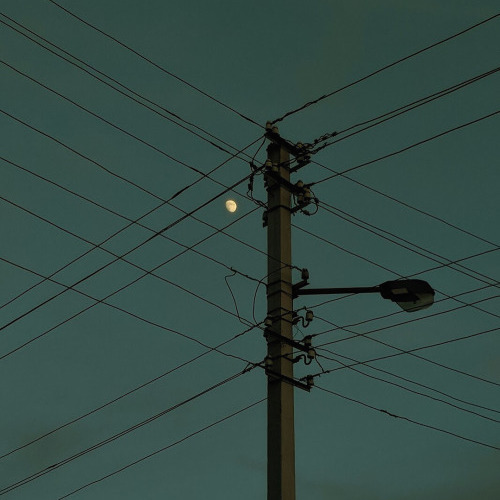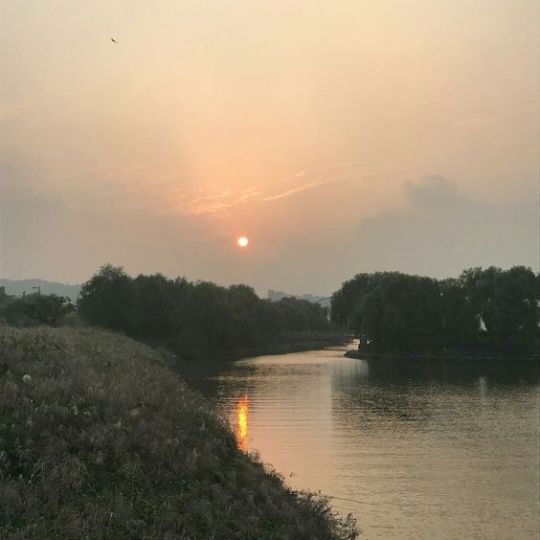Text
겹받침, two consonants at the end of a syllable.
Today, i'll teach you how do you pronounce when you have two consonants at the end of a syllable. It's more easy than you can think, and you will get used to it very soon.
I'll give you the examples first, and then, how do you have to pronounce it.
넋, 앉, 값, 많, 싫, 여덟, 곬, 핥, 닭, 삶, 읊.
As you can see, all of them have two consonants at the bottom of the syllable, and only one of them sounds when you speak.
Then, how you pronounce all of it?
Following the same order, we have all of this. You just have to learn these. The red ones are what you pronounce when you speak.
ㄱㅅ - ㄴㅈ - ㅂㅅ - ㄴㅎ
ㄹㅎ - ㄹㅂ - ㄹㅅ - ㄹㅌ
ㄹㄱ - ㄹㅁ - ㄹㅍ
So, when you say 넋 you are saying "넉" (it's not the same word, it's just how it sounds; keep this in mind, please!!!!)
There are some exceptions for this rule:
If a word comes with ㄺ followed by ㄱ.
If the next syllable beggins with a vowel.
Want to know what each word means? Click down below.
넋, means soul.
앉[다], means to sit.
값, means price.
많, means a lot.
싫[다], means to hate.
여덟, means eight.
곬, means direction.
핥[다], means to lick.
닭, means chicken, hen, rooster, etc.
삶, means life.
읊, means recite.
254 notes
·
View notes
Text
VOCABULARY LISTS: MASTERPOST
[Vocabulary by Topics]
-Vocabulary: Occupations
-Vocabulary: Jobs (occupations 2)
-Vocabulary: Colors
-Vocabulary: Family
-Vocabulary: Places
-Vocabulary: Numbers
-Vocabulary: School/School subjects
-Vocabulary: Vegetables
-Vocabulary: Food
-Vocabulary: Daily objects
-Vocabulary: Clothes
-Vocabulary: Emotions
-Vocabulary: Space
-Vocabulary: Garden
-Vocabulary: Animal Sounds
-Vocabulary: Positive Emotions
-Vocabulary: Airport, Airplane
-Vocabulary: Body parts 1
-Vocabulary: Body parts 2
-Vocabulary: Birthday
-Vocabulary: Everyday objects at home
-Vocabulary: Taste
-Vocabulary: Weather
-Vocabulary: Time
-Vocabulary: Shapes
-Vocabulary: Transportation
-Vocabulary: University Life
-Vocabulary: City
-Vocabulary: Chemistry
-Vocabulary: Electronic Devices
-Vocabulary: Countryside
-Vocabulary: School 1
-Vocabulary: School 2
-Vocabulary: Trip
-Vocabulary: Medical 1
-Vocabulary: Medical 2
-Vocabulary: Fashion
-Vocabulary: Snow
[Hanja, Idioms, Proverbs]
-Hanja Idioms (사자성어) -ㄱ
-Hanja Idioms (사자성어) - ㄴ
-Korean Proverbs and Vocabulary
-Learn Korean with Hanja - 화 (化)
-Korean Idioms
[Vocabulary by parts of speech]
-Vocabulary: Verbs 1
-Vocabulary: Verbs 2
-Vocabulary: Verbs 3
-Vocabulary: Noun + Verb set
-Vocabulary: Adjectives
-Vocabulary: Active and passive verbs
updated 2021/03/19
1K notes
·
View notes
Text
Language Learners 🗣masterlist
Updated 3 December 2021

Saggie’s introduction
Understanding sentence structure 1
Understanding sentence structure 2
Be proud of your language skills (popular post)
Turn off the translator in your head
Why accent marks are important
You cannot always translate directly
Say it with meaning
Stop mumbling
Stop speaking like a robot
Stop stereotyping countries based on movies, television shows, and the media
How I learn without studying
Stop apologizing
Embrace the culture
Maybe you need to work on your native language first
Practice with the same language
Understanding shortened words
Stop judging and start embracing to learn faster
You have to speak (popular post)
Read between the lines
It’s lyric time- lesson
Listening - lesson
Reading- lesson
Respecting different cultures-lesson
Language scramble- lesson
How to learn a language at home (popular post)
Learn more vocabulary
Afirmaciones
Soy bilingüe
Inequality
Correct your language partners mistakes
2K notes
·
View notes
Text

-은/는 vs -이/가
⚠️Disclaimer: I got this info from the lingodeer website. 🚩this is a very complicated concept in Korean and you will not learn it in one sitting. It comes to you with lots and lots of exposure and practice. I'm still not the best at it myself after studying for years, but I've noticed that I can just feel when it seems good or weird to use one over the other. After lots of exposure to the language you start to naturally know when It's best to use one over the other.
Subject Marking Particles 이/가
To sum it up, 이 and 가 are used to denote the subject of a sentence.
* 이 is used after a noun that ends in a consonant. (E.g. 선생님이 / 책이 / 이름이 )
* 가 is used after a noun that ends in a vowel. (E.g. 학교는 / 엄마는 / 의자는 )
Let’s look at some example sentences:
신발이 더러워요.
The shoes are dirty.
날씨가 추워요.
The weather is cold.
민지가 학교에 갔다.
Minji went to school.
강아지가 잠을 잡니다.
The dog is sleeping.
비행기가 공항에 도착했습니다.
The plane has arrived at the airport.
Topic Marking Particles 은/는
은 and 는 are used to denote the topic of a sentence.
은 is used after a noun that ends in a consonant. (E.g. 선생님은 / 책은 / 이름은 )
는 is used after a noun that ends in a vowel. (E.g. 학교는 / 엄마는 / 의자는 )
Here are some examples:
오늘은 날씨가 좋아요.
The weather is nice today.
오늘 = “today”. It is the topic of the sentence.
그는 곧 결혼을 할 거예요.
He’ll get married soon.
그 = “he”. It is the topic of the sentence.
Four Differences Between 은/는 and 이/가
Difference #1:
Subject vs Description
이/가 puts the focus on the subject:
누가 이 컵을 깼어요?
Who broke this cup?
가 puts the focus on “who” broke the cup.
제가 깼어요.
I did.
가 puts the focus on the subject “I”, who broke the cup.
은/는 puts the focus on the description:
수진 씨는 지금 뭐 해요?
What is Sujin doing now?
는 puts the focus on what Sujin is “doing”.
수진 씨는 지금 요리하고 있어요.
Sujin is cooking now.
는 puts the focus on Sujin’s action, which is “cooking”.
Difference #2:
New Information vs. Known Information
이/가 is used to introduce new information:
새로운 친구가 생겼어요. 그 친구는 17살이에요.
I have a new friend. The friend is 17 years old.
Explanation: In the second sentence, the “friend” is no longer new information, because the friend was previously mentioned in the first sentence. That’s why you have to use “친구는”, and not “친구가” in the second sentence.
은/는 is used to mention known information:
어제 한국어 시험이 있었어요. 그 시험은 너무 어려웠어요.
I had a Korean language test yesterday. That test was very difficult.
Explanation: Because the “test” is no longer new information, as it was previously mentioned in the first sentence, you have to use “시험은”, and not “시험이” in the second sentence.
Difference #3:
Statements vs. Comparisons
이/가 is used to making broad statements:
드레스가 예뻐요.
The dress is pretty.
시장에 사람이 많았어요.
There were many people in the market.
은/는 is used in comparisons and contrasting:
저는 그림은 잘 그리지만 공부는 못해요.
I’m good at painting, but I’m not good at studying.
철수는 키가 크고 지민이는 키가 작아요.
Cheolsu is tall and Jimin is short.
그 식당은 햄버거는 맛있어요.
That restaurant has good hamburgers.
(This has the nuanced implication “but not the salad” or “but not their service” etc. , compared to their hamburger.)
Difference #4:
Only after subject vs. After any noun
이/가 can be used only after the subject of a sentence:
케이크가 맛있어요.
The cake is delicious.
고향이 어디십니까?
Where is your hometown?
부산이 제 고향이에요.
Busan is my hometown.
은/는 is used after any noun that requires emphasis:
저는 김지민입니다.
I’m Jimin Kim.
이것은 책이에요.
This is a book.
그것은 의자입니다.
That is a chair.
Conclusions: 이/가 vs 은/는
Please note that these are some of the most complicated grammar rules in Korean. Even advanced Korean learners often get confused when trying to distinguish the correct use of 은/는 and 이/가.
The best way to better understand these particles is to read Korean texts as much as you can, while keeping the aforementioned explanations in mind. That being said, I do have a practice that will help you practice using both of these & I'll be posting It after this one. (Because this one is alreasy long) So follow me to keep up with that.
193 notes
·
View notes
Photo
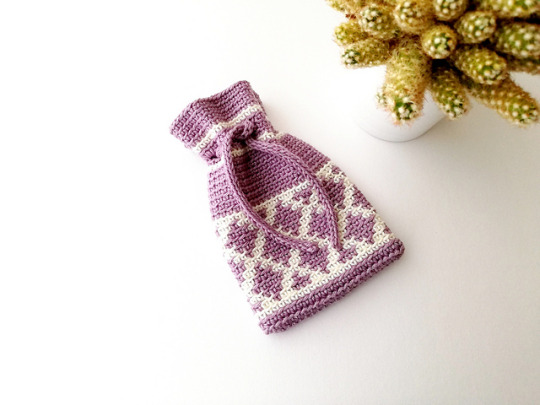
Drawstring bag Lucy by Ieva Linkeviciute
Free Crochet Pattern Here
63 notes
·
View notes
Link
Free pattern! 💚🤍💚
https://www.ravelry.com/patterns/library/octagon-pattern-3
168 notes
·
View notes
Text

sneakers on beaches
14.2.2021
1 note
·
View note
Photo

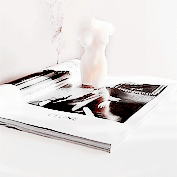
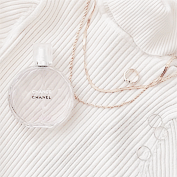




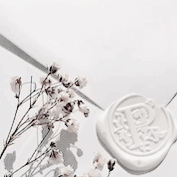

Light Academia is an academic aesthetic and emotionally positive and visually lighter. Light Academia’s themes are generally emotionally positive, focusing on optimism, sensitivity, joy, gratitude, friendship, motivation, and happy endings. for anon ♡
896 notes
·
View notes
Photo






042420
As most people are working and studying from home right now, I wanted to share some concrete, implementable ways you can help yourself feel better. Though I believe productivity and quantity of work done (or lack thereof) doesn’t/shouldn’t translate into your self-worth and how you view yourself, when you get work done, you actually do feel better in your own body.
By the way, it’s the first time I’m formatting a tips/guide post like this, so I apologize that I couldn’t be more concise.
I’ve spoken to a licensed professional counsellor as well as to some professionals who have been working from home for a long time, and some of the advice above is from them. I’m also sharing from my own experience as someone who used to be very productive and an (ex-)overachiever, and still attach a lot of my self-worth to grades and other tangible accomplishments. I hope these slides can help you. In case it’s hard to read, I’ve included it (reworded) in text form if you’d like to read more.
Keep reading
15K notes
·
View notes
